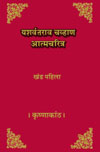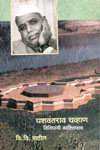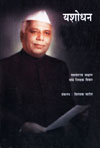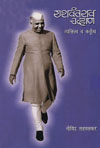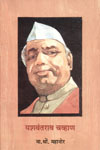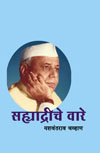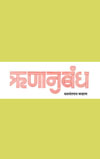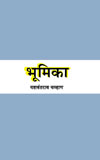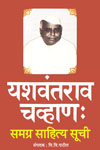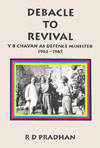Differences with Brother
Yeshwantrao's brother, Ganpatrao, who also becamealbeit a little laterpolitically conscious had, however, a different approach; he joined a group of non-Brahmins"anti-Brahmin to the core and rather reactionary" who stood by the British rule. This naturally created a conflict between the two, but their affections for each other remained unchanged. As years passed, progressive nationalism became a motivating force in Yeshwantrao's life. "It was this factor," he says, "which took me away from reactionary non-Brahminism."
Of these early years Yeshwantrao cherishes the fondest recollections of his mother. She taught him the basic values of life. Moreover, as he recalls, "She gave me education at great sacrifice. Otherwise I would have been an ignorant peasant in a village. She used to work hard to see that I and her other sons became educated and she did it against heavy odds almost single-handed."
Civil Disobedience Movement
The Civil Disobedience Movement of 1930 produced a tremendous impact on Yeshwantrao. He was then hardly fifteen years old. "The immediate influence on all of us then," he recollects, "was the Independence Resolution passed by the Congress at Lahore in 1929 under the presidentship of Jawaharlal Nehru and the observance of the 26th January the following year as the first National Day. I wrote a pamphlet about it and circulated it in the town. I and my friends then decided that we must do something. At that time I must have been in the V or VI standard in the school. To start with, we organized Prabhat Feries and then helped to call public meetings and to try and get people to attend such meetings." Furthermore, Yeshwantrao took the lead in organizing Hartals in schools. He was a good speaker and made fiery speeches. Soon he became the leader of the youth. To quote his words: "Leadership came quite early to meof course only in my town. There was one Mr. Narullah, who later became the Pro-Vice-Chancellor of the Aligarh University, who was then the Inspector of Schools. He was camping in those days just opposite our school. One day at about 8-30 in the morning he saw us doing the Zenda Vandan. About 40 to 50 students participated in that salutation. Narullah saw this. Being a Government servant he naturally objected to it and asked the school authorities about it. They denied any knowledge but he told them, I saw it with my own eyes. I must come to the school and find out who were those boys.' The School authorities did not want to report against us, but the Inspector was anxious to find out the real people behind it. Ours was a good school and so when the news spread the whole town got panicky. Some old people began to blame us. They thought that the school might have to close down. The Inspector came that very day to our school and went from class-room to class-room asking who were the boys who participated in the flag-salutation.

